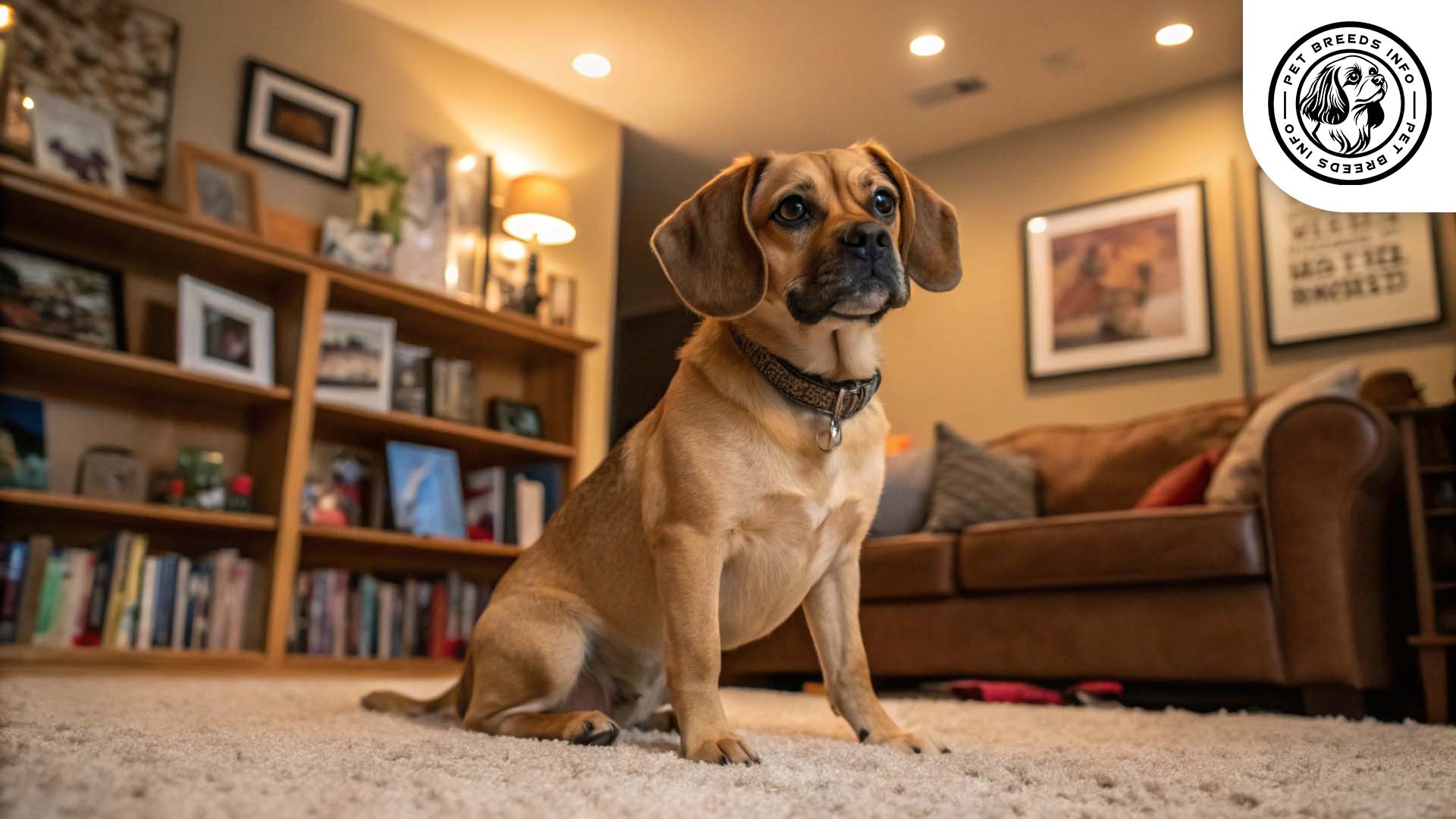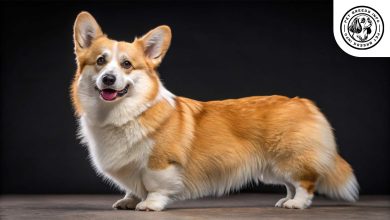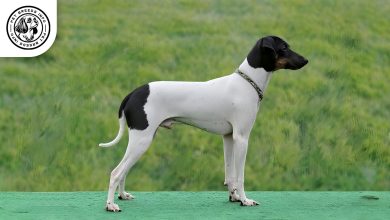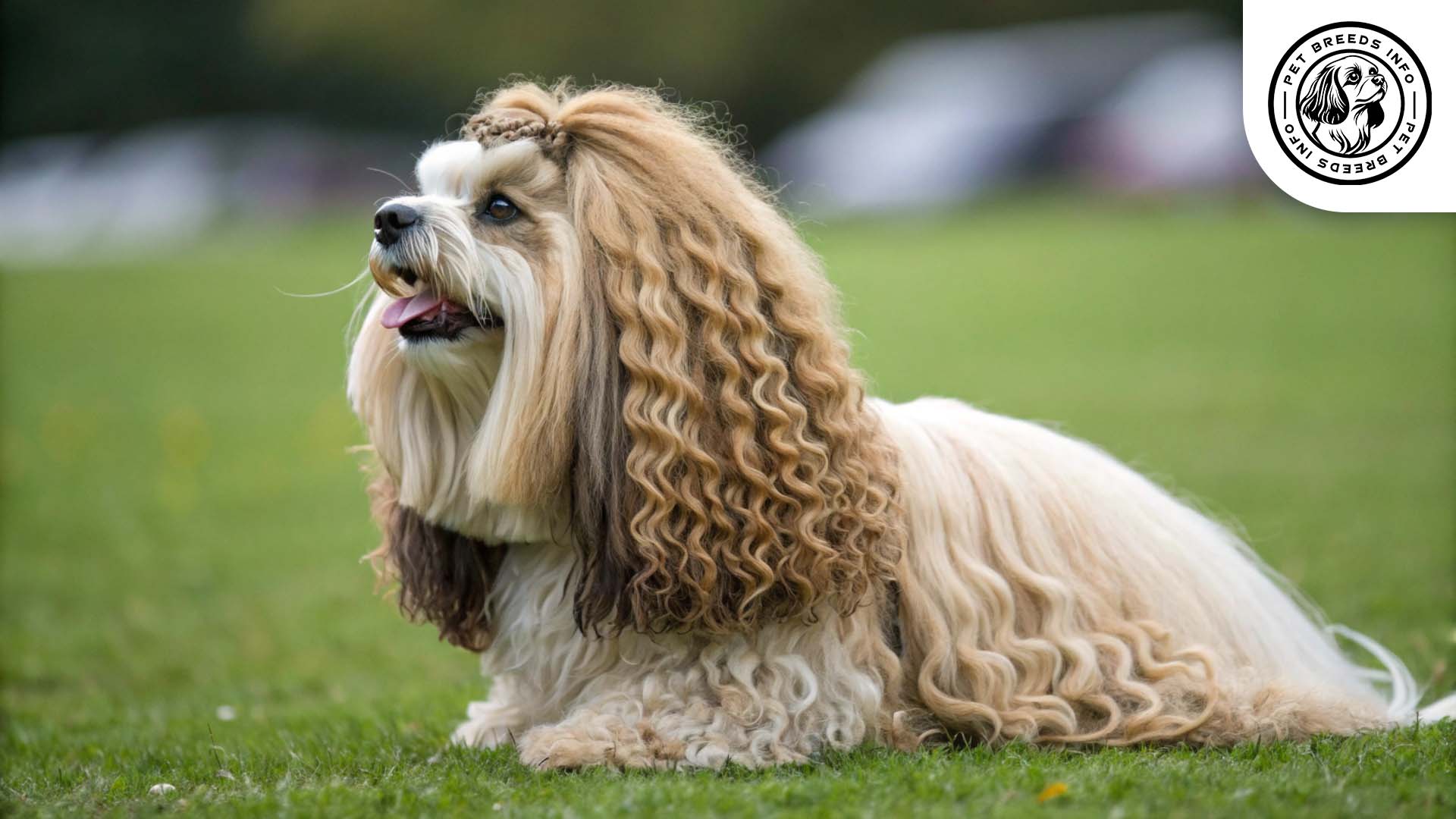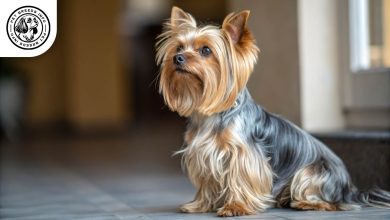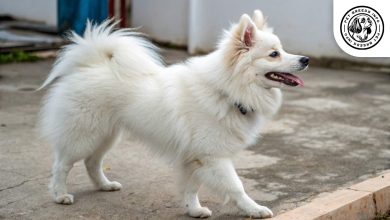Puggle Dog Breed: Size, Health, Price & Personality
General Introduction of the Breed
The Puggle is a hybrid dog breed that is a cross between a Pug and a Beagle. It is not officially recognized by major kennel clubs, as it is a designer breed.
Alternative names include Beagle-Pug Mix.
Originating in the United States, the Puggle was first intentionally bred in the 1980s. The aim was to create a companion dog that combined the affectionate nature of the Pug with the active personality of the Beagle.
Table of Contents
| Weight | 18 – 30 lbs (8 – 14 kg) |
| Lifespan | 10 – 15 years |
| Diet | High-quality dry or wet food; portion control to prevent obesity |
| Care | Daily exercise, regular brushing, ear cleaning, and dental hygiene |
| Health | Prone to hip dysplasia, patellar luxation, breathing issues, and skin allergies |
| Color | Fawn, tan, black, or combinations |
| Nature | Friendly, affectionate, playful, and social |
| Price | $500 – $2,000 |
Physical Characteristics
The Puggle is a small- to medium-sized dog. Males typically weigh between 18-30 pounds (8-14 kg) and stand about 13-15 inches (33-38 cm) tall. Females are generally slightly smaller.
It has a short and smooth coat that comes in various colors, including fawn, tan, black, and combinations of these.
Its eyes are round, dark, and expressive, often showing curiosity and intelligence.
The ears are floppy, medium-sized, and resemble those of the Beagle. The tail is usually curled like a Pug’s but slightly longer.
The breed has a slightly wrinkled face, a shorter snout than the Beagle but longer than the Pug, which helps with breathing compared to purebred Pugs.
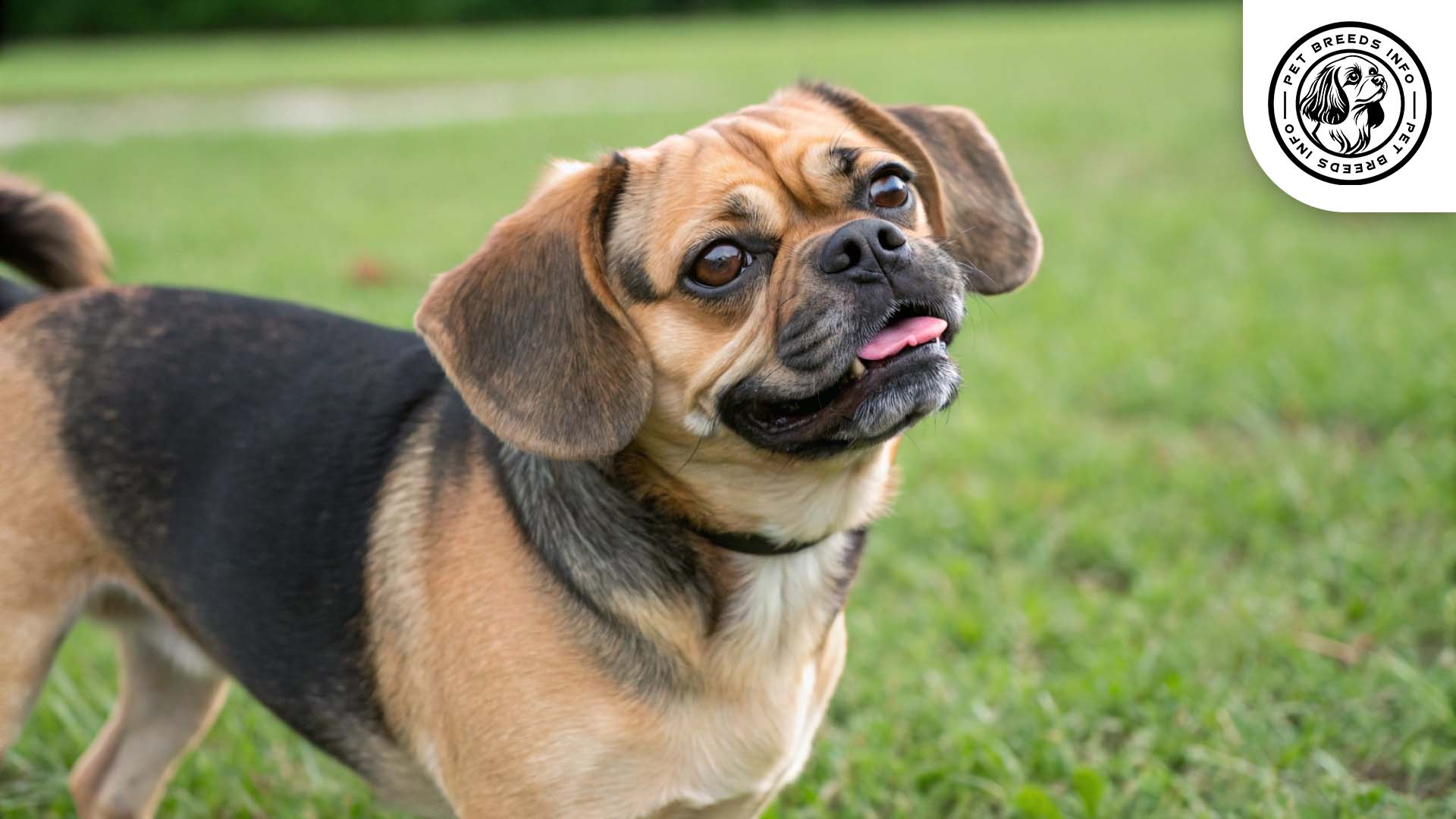
Personality and Temperament
Puggles are intelligent and fairly easy to train, though they may inherit some stubbornness from their Beagle lineage.
They are energetic and require daily exercise to stay happy and healthy.
They form strong bonds with their owners and enjoy companionship, sometimes displaying signs of separation anxiety if left alone for too long.
The breed is friendly and outgoing, making it great with children, strangers, and other pets.
While they are playful and fun-loving, they do not have significant hunting instincts despite their Beagle ancestry.
Puggles are sensitive to sudden environmental changes but generally adapt well to different living conditions.
Care and Maintenance Requirements
Puggles need moderate exercise, including daily walks and playtime.
They adapt well to apartment living but thrive in homes with access to outdoor spaces.
The breed sheds moderately and requires regular brushing to control loose fur.
They are sensitive to extreme heat due to their short snout and should be kept cool in hot weather.
Hygiene needs include occasional baths, regular nail trimming, ear cleaning to prevent infections, and dental care to avoid tartar buildup.
Read More: Dalmadoodle Dog
Diet and Nutrition
Puggles do well on high-quality dry kibble, wet food, or a balanced homemade diet.
They have a tendency to gain weight, so portion control is necessary.
Avoid overfeeding and refrain from giving them foods such as chocolate, grapes, onions, and excessive fatty foods.
They typically require two meals per day, with controlled portions based on their size and activity level.
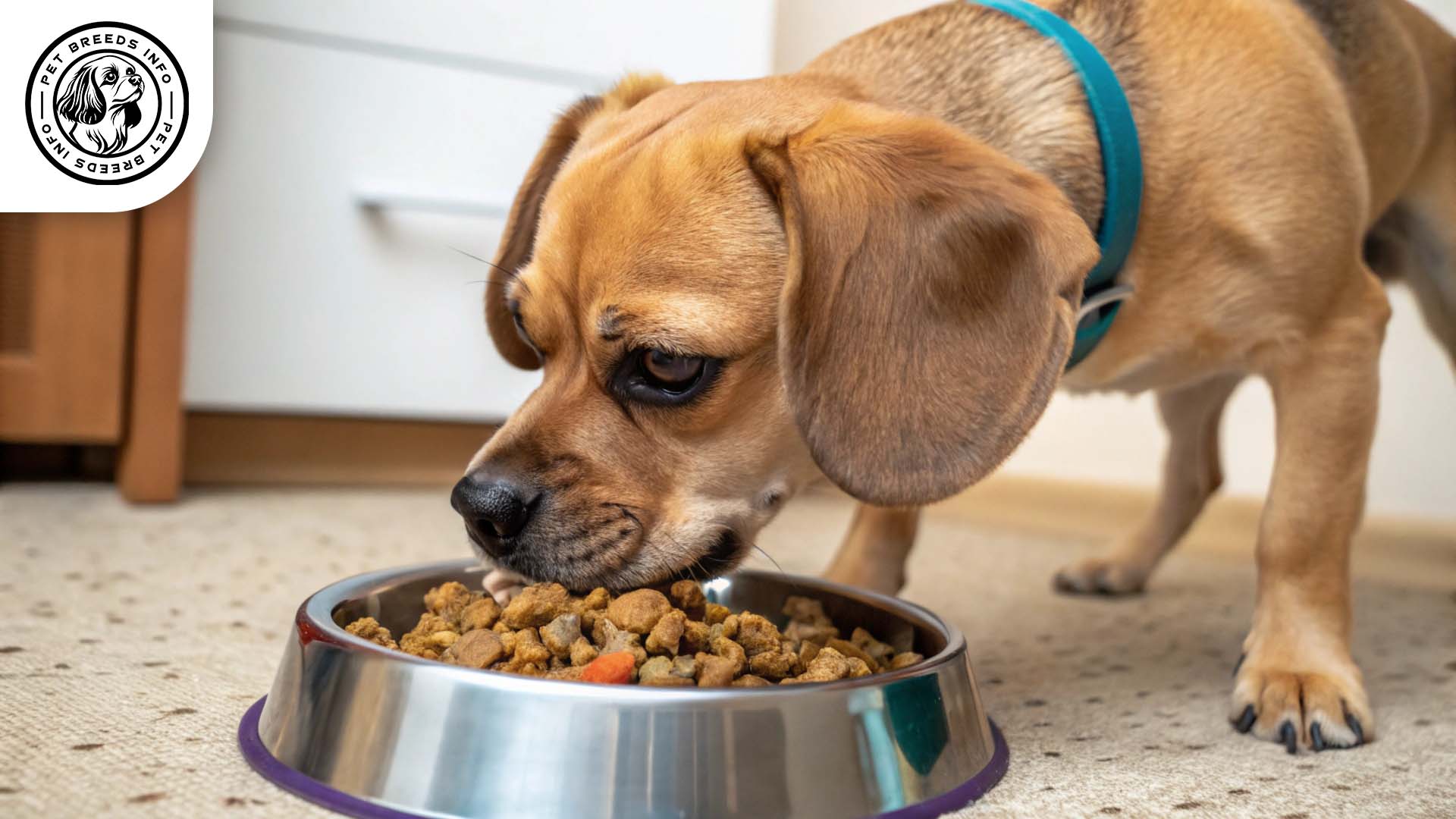
Health and Common Medical Issues
Puggles can inherit health conditions from both parent breeds, including hip dysplasia, patellar luxation, epilepsy, and breathing issues.
They may develop skin allergies and obesity if not given proper exercise and nutrition.
The average lifespan of a Puggle ranges between 10-15 years.
Regular veterinary check-ups, vaccinations, and parasite control are essential for maintaining good health.
Training and Behavior Management
Puggles are generally easy to train but may demonstrate stubbornness.
Early socialization and obedience training are recommended.
Positive reinforcement techniques, such as treats and praise, work best.
Consistency and patience are key to managing their independent tendencies.
Read More: Chorkie Dog Breed
Interaction with Other Animals and Humans
Puggles are excellent with children due to their affectionate and playful nature.
They usually get along well with other pets, including dogs and cats, especially if raised together.
This breed suits families, singles, and seniors alike.
They are companion dogs that form strong attachments to their owners and do not enjoy being left alone for extended periods.
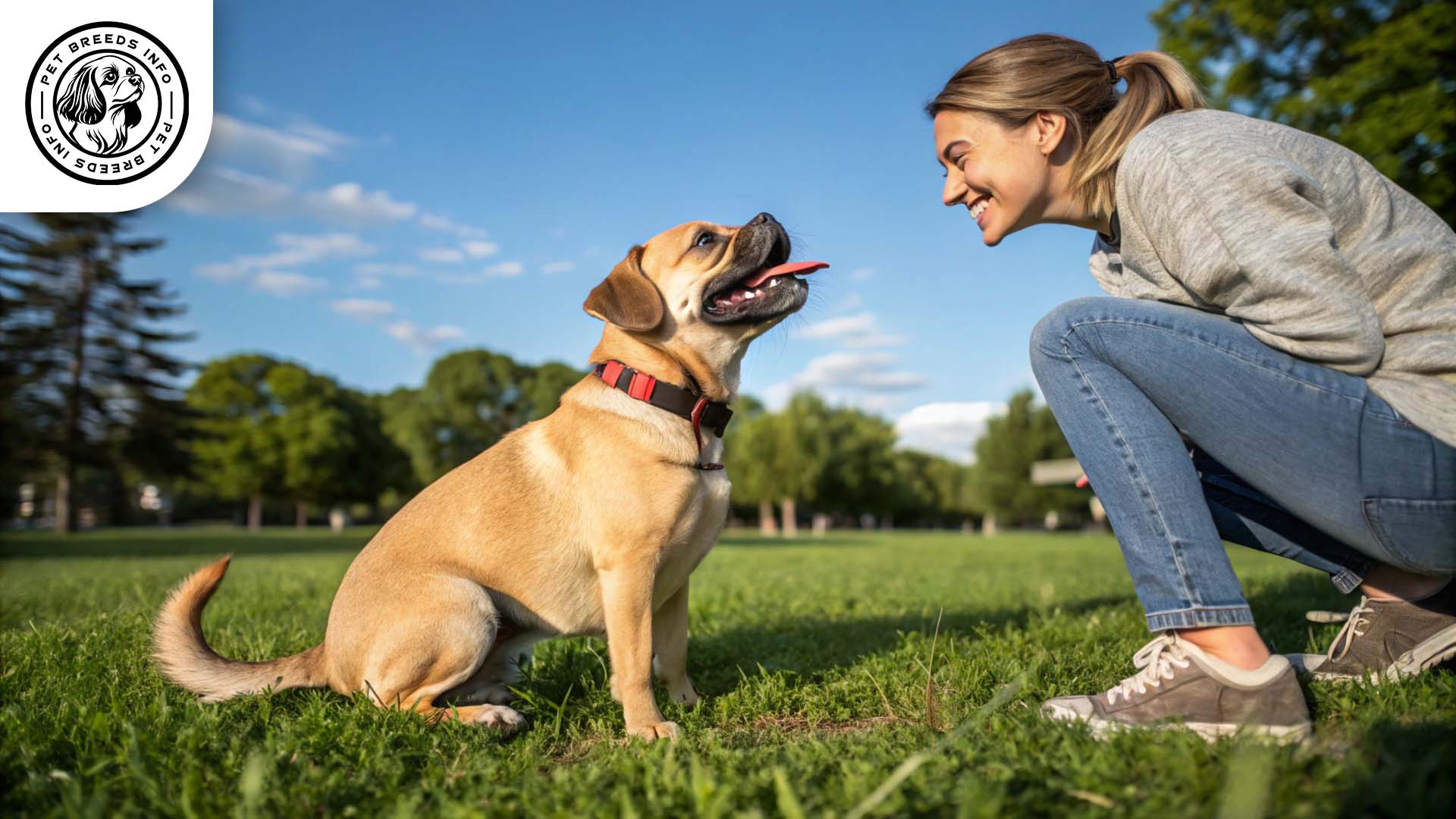
Price and Availability
The cost of a Puggle puppy can range from $500 to $2,000, depending on breeder reputation and location.
Potential owners should ensure they buy from responsible breeders who provide health clearances for parent dogs.
Adopting from shelters or breed-specific rescues is also a great option, as Puggles occasionally end up in need of rehoming.
Read More: Cavapoo Dog
Conclusion and Final Thoughts
The Puggle is a great choice for individuals or families seeking a friendly, affectionate companion.
It adapts well to apartment living but needs regular exercise.
Potential owners should be prepared for moderate grooming and some stubbornness in training.
With proper care and love, a Puggle can be an excellent lifelong companion.
FAQ
Are Puggles good for apartment living?
Yes, they adapt well to apartments as long as they get enough exercise.
Do Puggles shed a lot?
They shed moderately and need regular brushing to control loose fur.
Are Puggles easy to train?
Yes, but they can be stubborn. Positive reinforcement works best.
Do Puggles get along with other pets?
Yes, they are generally social and friendly with other animals.
How much exercise does a Puggle need?
Daily walks and playtime are essential to keep them active and healthy.
